Huong Tich - The number one cave in the south
When it comes to the famous Huong Pagoda, My Duc, Hanoi, everyone knows about Huong Tich cave, which is known as the most beautiful cave in Vietnam, located 70 km southwest of Hanoi. Visitors coming here cannot help but be overwhelmed when the vast, deep landscape of a large dragon's jaw opens before their eyes. That is the entrance to Huong Tich cave.
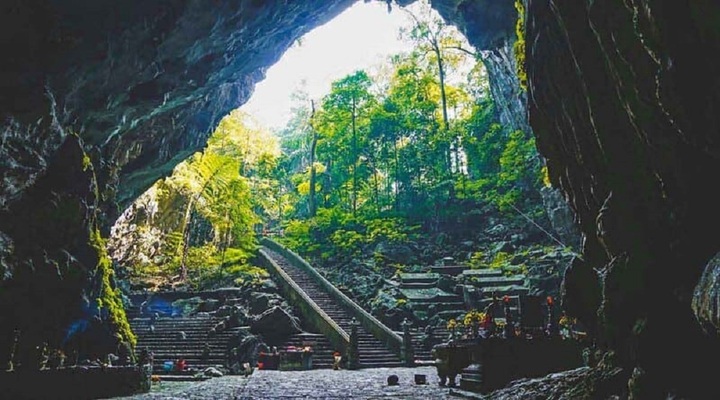
Huong Tich - The number one cave in the South.
From here, visitors enter Huong Tich cave by walking down more than 100 stone steps. You will see on the left of the entrance a high cliff with 5 engraved words "Nam Thien De Nhat Dong", written by Lord Trinh Sam in 1770 when he was touring Son Nam. Going deeper into the cave are countless stalactites hanging from the ceiling and rising from the ground in all kinds of strange shapes. There are shapes of mother pigs, piglets, piles of straw, piles of rice; shapes of grapefruits, grapefruits, silver trees, gold trees; Cau mountain, Co mountain...
The most impressive of these is the rice mound. Because it is located in the middle, near the entrance and is quite large, when viewed from the cave entrance, this stalactite looks like a tongue in a dragon's mouth, creating excitement for visitors. The cave also has a "path to heaven" and a "path to hell". The path to heaven is a steep rock slope that gets higher as you climb, the path to hell is a slit leading down to a deep underground cave.
Coming here, you will feel the cool moisture radiating from the cave, thanks to the drops of water flowing day and night from the stalactites like mother's milk. In addition, the poetic scenery of Yen stream leading from Duc wharf, makes visitors from near and far feel moved when setting foot in the most beautiful cave in the South.
Bich Dong - The second cave in the South
Located in the tourist complex of Hoa Lu district, Ninh Binh province, Bich Dong is not only a famous place associated with Tam Coc but also known as “Nam Thien De Nhi Dong”. Bich Dong means “green cave”, named by Prime Minister Nguyen Nghiem, father of the great poet Nguyen Du in 1773.
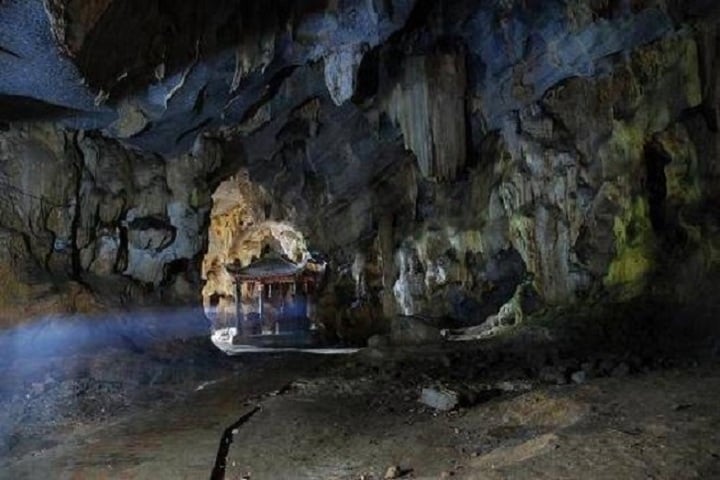
Bich Dong - The second cave in the South.
Bich Dong is located 2 km from Tam Coc wharf, in front of which is the Hoang Long River winding along the mountainside, full of lotus flowers. In the lotus blooming season, Bich Dong is filled with the fragrance of lotus while on the other side of the river are golden rice fields, creating a poetic scene like a painting. Along the length of Bich Dong is Xuyen Thuy Cave, as if created by nature, with large stone slabs arranged into an arch.
The entrance to Xuyen Thuy Cave is behind the mountain, opposite the entrance to Bich Dong. At the end of the journey to Xuyen Thuy Cave, visitors can climb the mountain to reach the cave and Bich Dong Pagoda. The attraction of Bich Dong is the harmonious combination of cave, mountain and pagoda.
The Lower Pagoda was built right at the foot of Bich Dong Mountain, with a Dinh-shaped architecture, a two-story, curved roof, and monolithic stone pillars. After about 80 stone steps around the mountainside, visitors will reach the Middle Pagoda located halfway up the mountain, with a semi-roofed architecture on the outside.
Located on the highest peak is the Thuong Tho Pagoda of the Goddess of Mercy. From here, visitors can admire the panoramic view of Bich Dong hidden among the vast green trees swaying in the wind.
Di Long - The Third Cave of the Southern Heavens
Although less known than Huong Tich and Bich Dong, the beauty of Dich Long, located on the border of Ha Nam and Ninh Binh provinces, is not inferior. After climbing 105 stone steps from Ha Pagoda, visitors will reach the cave entrance with 6 words: "Nham Son cave, Co Am pagoda". On both sides of the cave entrance are two Dharma Protector statues and on the 8-meter high stone cave dome hangs a bell weighing nearly one ton, cast during the Nguyen Dynasty.
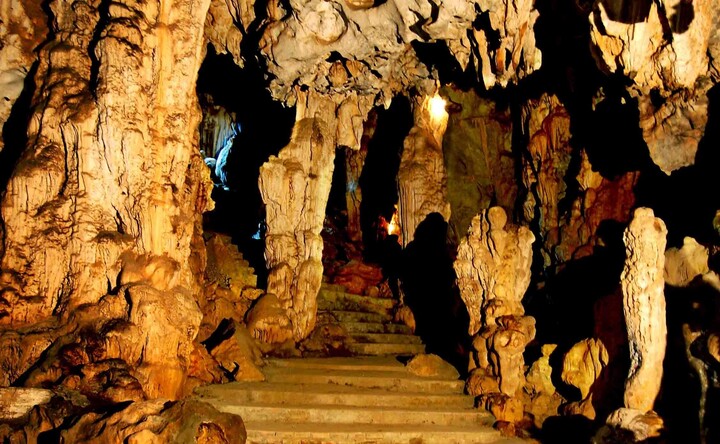
Di Long - The third cave in the south.
The cave consists of three interconnected caves. While the outer cave worships Buddha, the Dark and Bright caves are like an artistic space, converging masterpieces of nature’s carvings from stalactites. Not only sparkling like a rainbow, the stalactites here also change color according to the sunlight, and when you tap a stone on it, it will ring like a bell.
Because of its high location and the open space, the cave entrance is narrow, so whenever the wind blows strongly into the cave, visitors will hear a sound like a flute. Perhaps that is why the cave is named Dich Long, meaning “dich” is flute, “long” is wind.
Source: https://vtcnews.vn/diem-danh-3-dong-dep-nhat-mien-bac-ar901283.html


![[Photo] "Beauties" participate in the parade rehearsal at Bien Hoa airport](https://vstatic.vietnam.vn/vietnam/resource/IMAGE/2025/4/11/155502af3384431e918de0e2e585d13a)







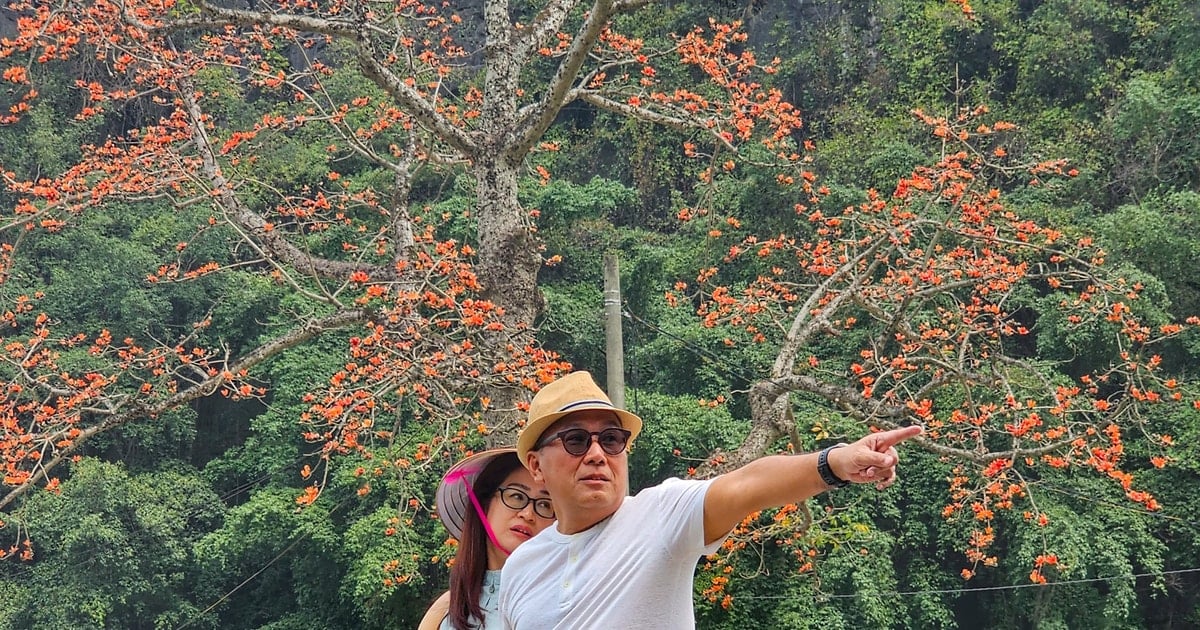

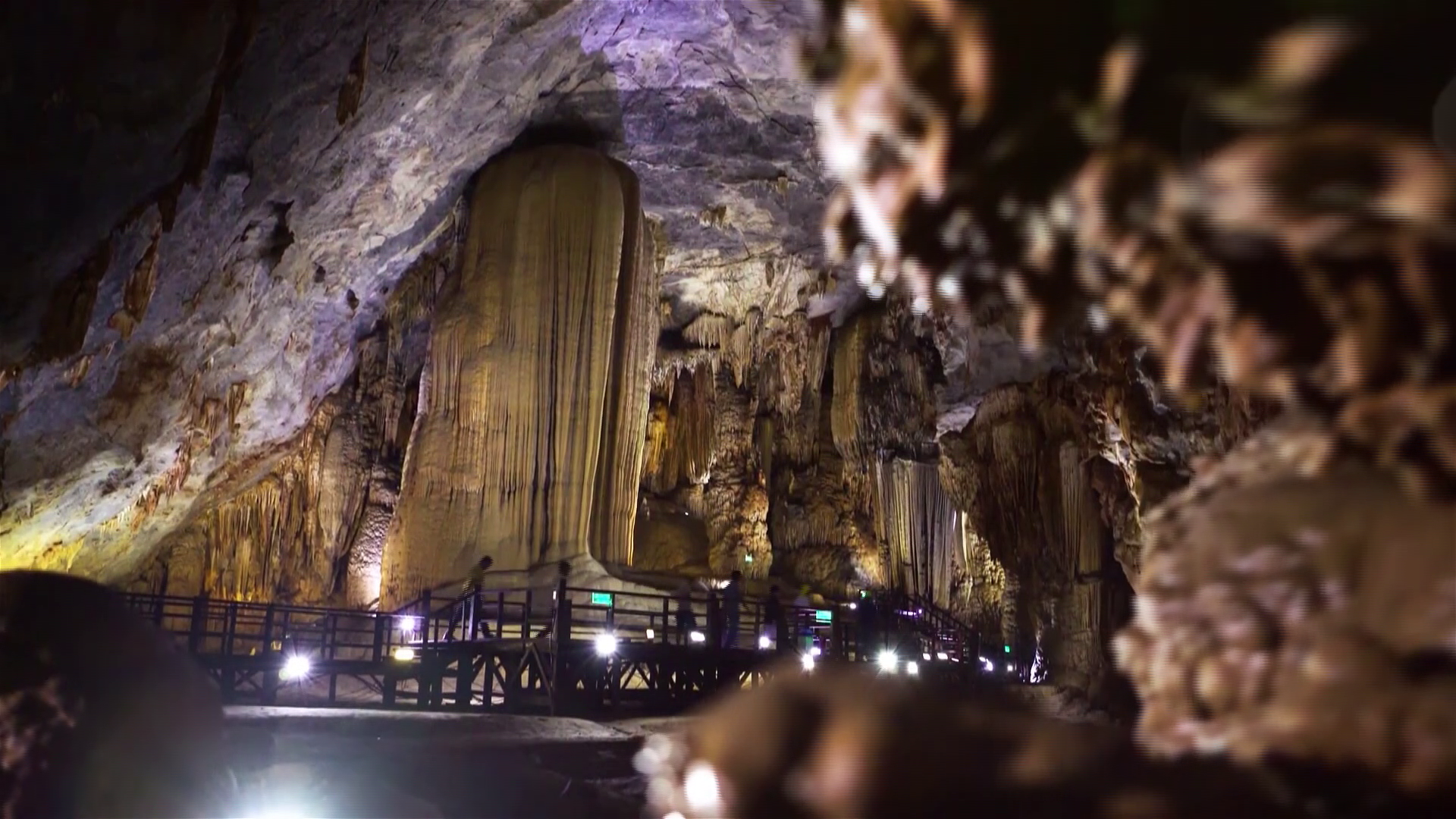

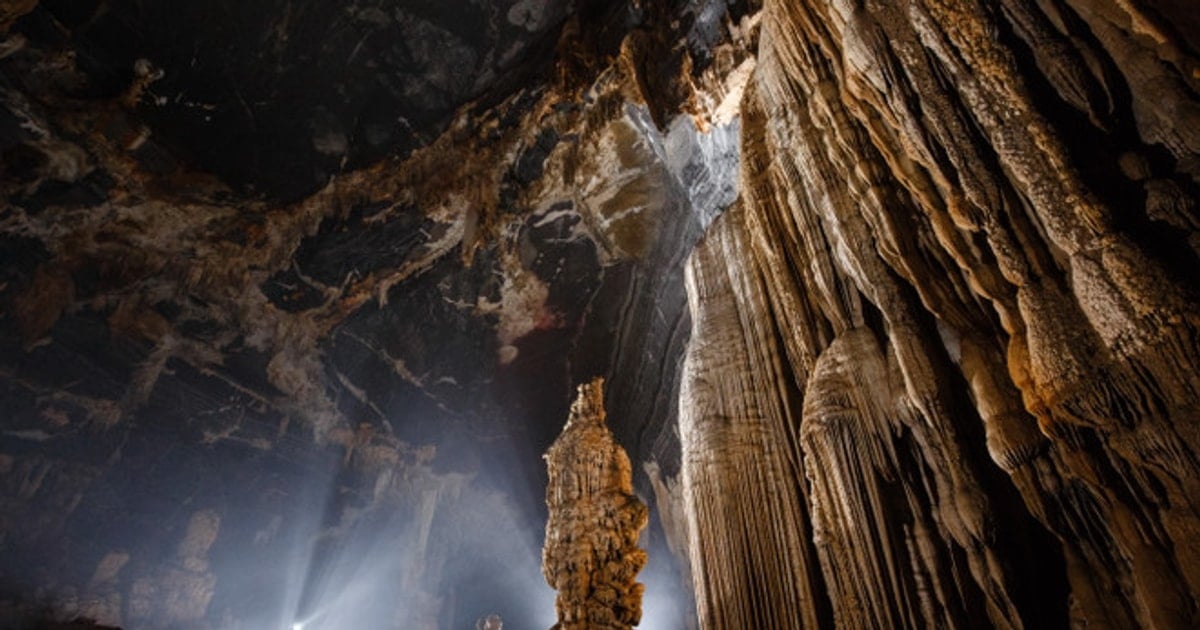
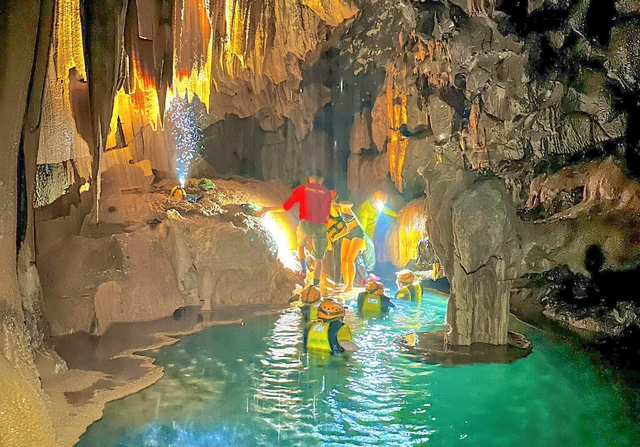

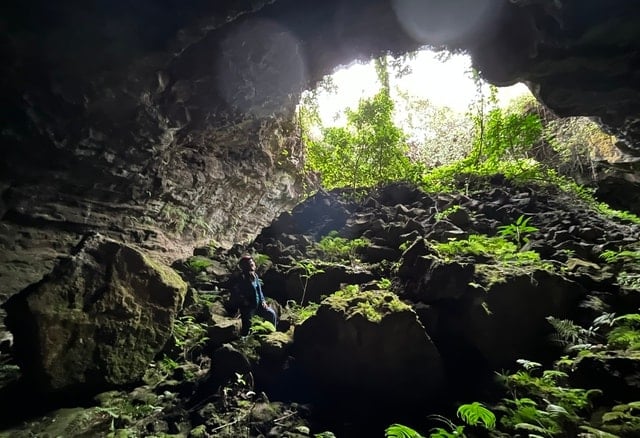
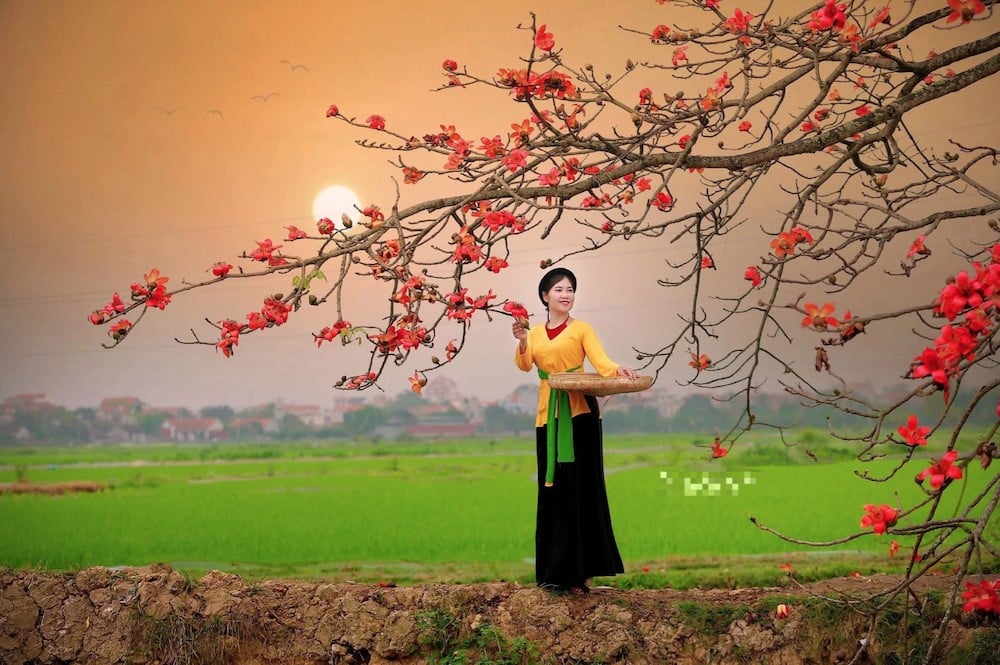
























































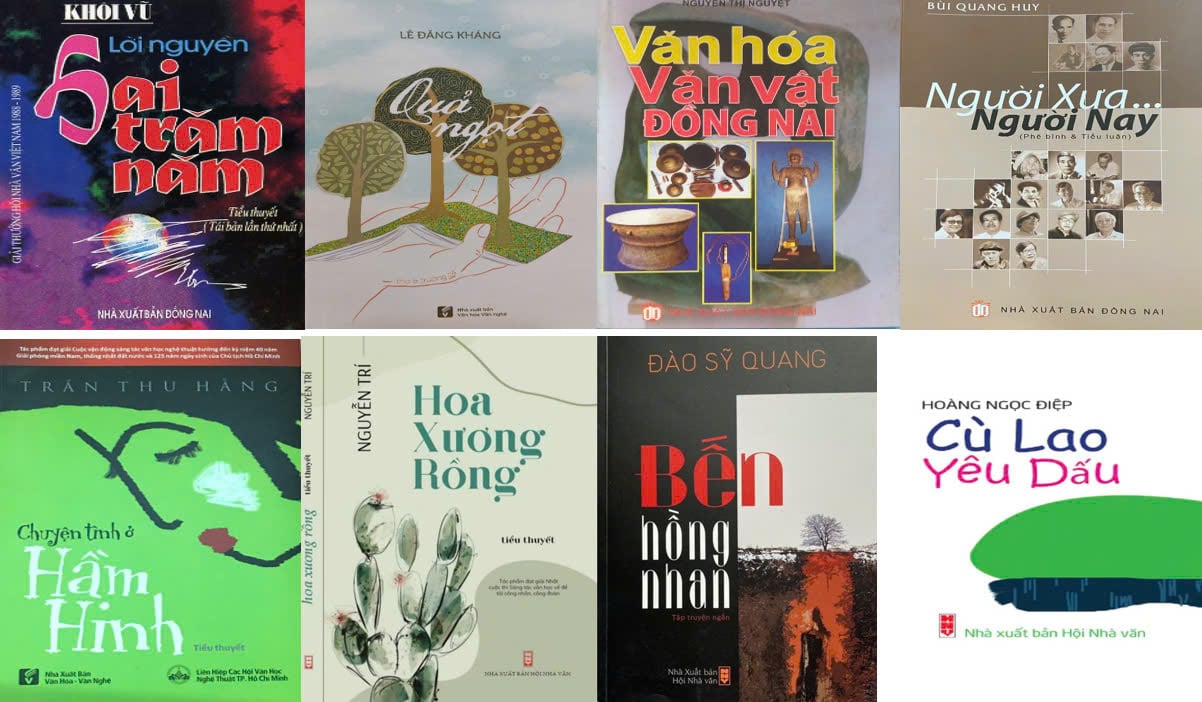



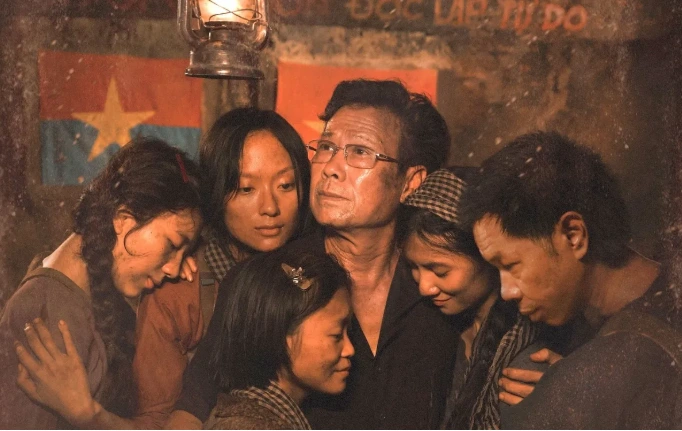
![[VIDEO] - Tam Ky in the season of white trumpet flowers through sketches](https://vstatic.vietnam.vn/vietnam/resource/IMAGE/2025/4/12/6364ee7bf6ef49269d215280697e1f12)














Comment (0)